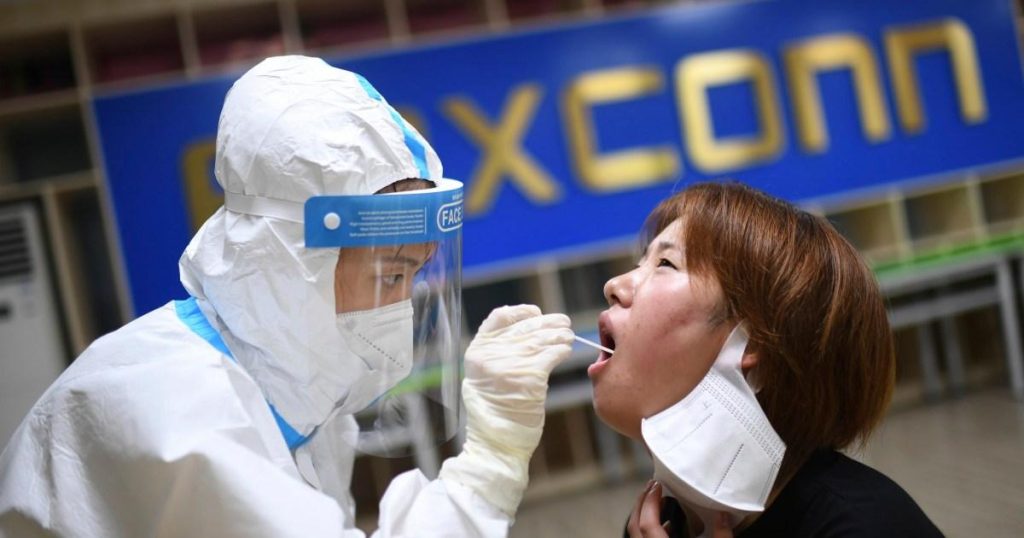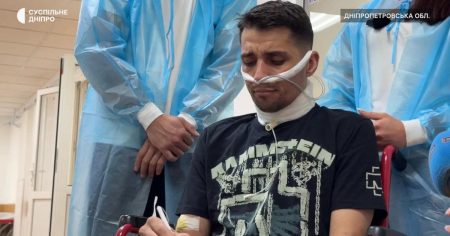The origins of the COVID-19 pandemic, a global crisis that has claimed millions of lives and disrupted societies worldwide, remain a subject of intense debate and investigation. Two primary theories have emerged: a natural origin, suggesting the virus jumped from animals to humans through an intermediary species, and a lab-leak theory, positing that the virus accidentally escaped from a research facility. Initially, the scientific community leaned toward a natural origin, citing similarities between SARS-CoV-2 and other coronaviruses found in bats. However, as investigations progressed, and amidst a lack of conclusive evidence for a zoonotic spillover event, the lab-leak theory gained traction, fueled in part by the proximity of the initial outbreak to the Wuhan Institute of Virology (WIV), a prominent research facility known for its work on coronaviruses.
The Central Intelligence Agency (CIA), a key player in the US intelligence community, has recently shifted its stance on the pandemic’s origin. While previously undecided, the CIA now assesses, with low confidence, that a research-related incident is more likely than a natural origin. This assessment, based on a review of existing information, doesn’t present new evidence, but rather reflects a reassessment of previously available data. It’s important to note that the CIA’s assessment acknowledges the plausibility of both scenarios, indicating a degree of uncertainty that continues to surround the issue. This evolving perspective within the intelligence community mirrors a broader shift in the scientific discourse, where the lab-leak theory, once dismissed as a conspiracy theory, is now being considered a serious possibility.
The shift in the CIA’s assessment is not isolated. Other US government agencies, including the Energy Department, have also leaned towards a laboratory origin, albeit with low confidence. This growing consensus within the intelligence community, while not definitive proof, adds significant weight to the lab-leak hypothesis. It also underscores the challenges in conclusively determining the pandemic’s origin, given the complex nature of the investigation, the limitations of available data, and the political sensitivities surrounding the issue. The lack of transparency from Chinese authorities has further hampered investigative efforts, leading to frustration and speculation within the international community.
The debate over the pandemic’s origins extends beyond scientific circles and has significant geopolitical implications. Accusations of a lab leak have strained US-China relations, adding another layer of complexity to an already tense relationship. China has vehemently denied any involvement in a lab leak, insisting on a natural origin and accusing the US of politicizing the issue. This back-and-forth between the two superpowers has hampered international cooperation on crucial matters, including pandemic preparedness and global health security. The origin question has also become a domestic political issue in the US, with different political factions using the debate to advance their agendas.
Regardless of the pandemic’s ultimate origin, the ongoing debate highlights the critical need for greater transparency and international collaboration in scientific research, particularly in areas involving potentially dangerous pathogens. The lack of clear answers about COVID-19’s emergence has exposed vulnerabilities in the global health security system and underscored the importance of robust oversight and safety protocols in research facilities worldwide. The experience with COVID-19 serves as a stark reminder of the devastating consequences of infectious disease outbreaks and the need for a unified global response to prevent future pandemics.
The search for the origins of COVID-19 continues, and a definitive answer may remain elusive. However, the ongoing investigation and the evolving assessments of intelligence agencies highlight the complexity and importance of the issue. Unraveling the mystery of the pandemic’s origin is not merely a scientific endeavor; it’s a crucial step towards understanding how to prevent future pandemics and ensuring global health security. The international community must work collaboratively, with transparency and scientific rigor, to find the answers and implement the necessary safeguards to prevent another global health crisis of this magnitude. This includes strengthening biosafety measures in research laboratories, fostering greater international cooperation in scientific research, and promoting open communication and data sharing among countries.











